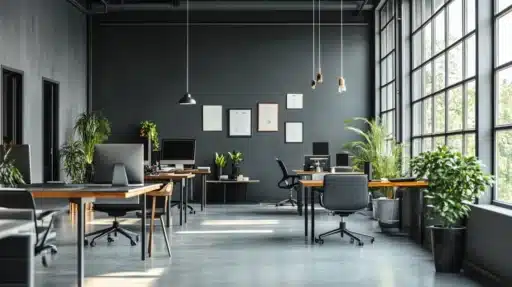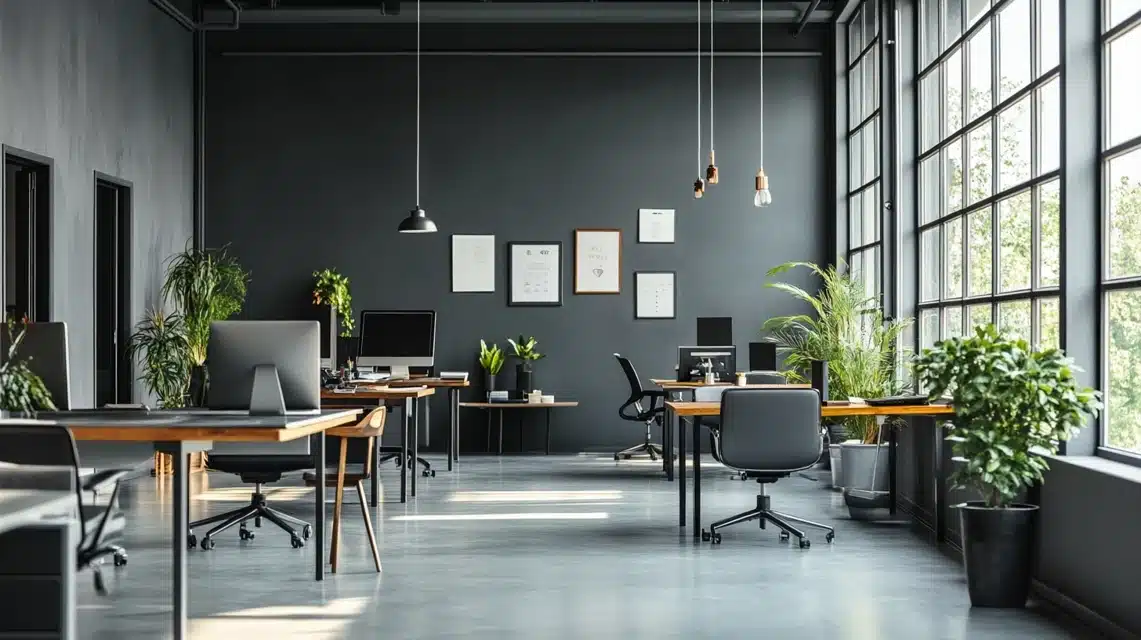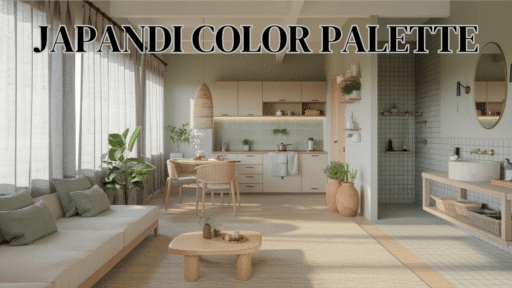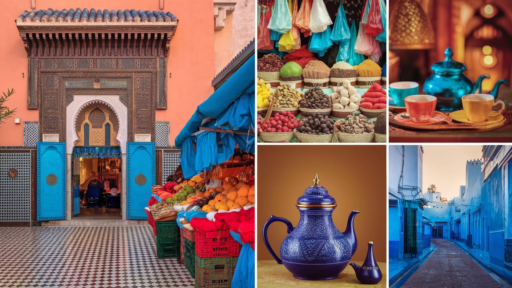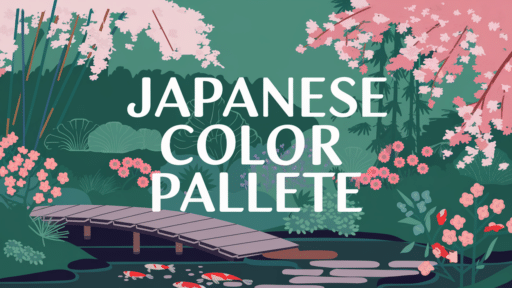As someone who has worked with many paint colors, I can tell you that Sherwin Williams Peppercorn (SW 7674) stands out in my projects.
I first used this deep gray shade in my home office, and since then, it’s become my go-to choice for clients who want something bold but not overpowering.
I’m writing this guide to share what I’ve learned about using this color effectively.
We’ll examine its light reflectance value, its unique undertones, and how different lighting can change its look.
This way, you’ll know exactly how to use it in your space.
What is Sherwin Williams Peppercorn?
Peppercorn (SW 7674) is a deep charcoal gray paint color that sits between gray and black.
I often describe it to my clients as a soft black that doesn’t feel too intense.
When I use it in homes, I notice it creates a strong presence without being too dark.
What makes this color special is how it can work in both modern and traditional settings.
I’ve used it on walls, cabinets, and even exterior doors, and it always adds a touch of refinement to the space.
LRV (Light Reflectance Value)
I always tell my clients about LRV because it helps them understand how a color will work in their space.
Peppercorn has an LRV of 10, which means it reflects 10% of light.
I learned this the hard way when I first used it in a small room – it made the space feel smaller.
Now, I make sure to consider the room’s size and natural light before recommending it.
Bright rooms with lots of windows look rich and inviting. In darker spaces, I suggest using it as an accent color instead of painting all walls.
Undertone
From my experience with Peppercorn, its undertones can be tricky to pin down.
The base is a neutral gray, but I’ve seen it show hints of blue and purple, depending on the setting.
When I test it in different homes, I notice it stays pretty true to its gray roots but can shift slightly.
This is why I always suggest looking at the color at different times of the day.
In my projects, I’ve found it works well with both warm and cool colors, making it a useful choice for various design styles.
Lighting
Working with Peppercorn has taught me how much lighting matters.
In my north-facing rooms, it appears cooler and more gray. But in spaces with southern exposure, I see it warm up slightly.
Under LED lights, it can look different than with incandescent bulbs. I always tell clients to test paint samples in their specific rooms.
I’ve learned that morning light brings out different qualities than evening light, so it’s worth checking the color throughout the day before making a final decision.
Colors you can Pair with Peppercorn (SW 7674
Peppercorn’s deep, urbane charcoal tone serves as an exceptional foundation for countless color combinations, offering versatility that works beautifully with both bold accent colors and subtle neutral palettes.
Bold Colors
In my design work, I’ve found that Peppercorn pairs wonderfully with deep, rich colors.
I often match it with green, red, and blue tones to create striking combinations.
When I designed my client’s living room, I used Peppercorn on an accent wall with deep green furniture, and the result was stunning.
I’ve noticed this combination works best in spaces with good natural light.
These bold pairings need some neutral elements to balance them out.
I usually add white or light gray accessories to keep the space from feeling too intense.
White and Cream
I regularly combine Peppercorn with whites and creams in my projects.
My favorite pairing is with Sherwin Williams Pure White – it creates a clean, sharp contrast that feels modern yet timeless.
In my own kitchen, I painted the island Peppercorn and kept the upper cabinets Pure White, creating a balanced look that doesn’t feel too stark.
When working with cream colors, I make sure to test them together first, as some creamy whites can clash with Peppercorn’s cool undertones.
Warm Neutrals
I love how Peppercorn works with warm, neutral colors.
In my recent projects, I’ve paired it with beige and light brown tones to create spaces that feel inviting and comfortable.
One combination I keep coming back to is Peppercorn with Accessible Beige – it’s become my go-to duo for living rooms and bedrooms.
The warmth of these neutrals helps balance Peppercorn’s depth while keeping the space grounded.
I find this pairing especially effective in rooms that get plenty of natural light.
Comparing Peppercorn With Other Paints
Understanding how Peppercorn stacks up against other popular dark paint colors helps you make the best choice for your specific design needs and aesthetic preferences.
Sherwin Williams Peppercorn or Iron Ore
When clients ask me about dark grays, I often compare Peppercorn and Iron Ore.
Iron Ore in general runs slightly warmer and darker than Peppercorn.
I typically suggest Peppercorn for spaces where you want a softer look – it’s less intense than Iron Ore.
In my recent kitchen project, I tested both colors, and Peppercorn won because it felt more versatile.
I’ve noticed Iron Ore works better in modern spaces, while Peppercorn can adapt to both contemporary and classic settings.
Sherwin Williams Peppercorn or Urbane Bronze
I’ve used both these colors extensively, and they each have their place.
Urbane Bronze usually has more brown undertones, while Peppercorn stays true to its gray base.
When I want a cozy, earthy feel, I reach for Urbane Bronze.
But when I need a color that works with both warm and cool schemes, Peppercorn is my choice.
I recently painted a client’s study in Peppercorn after testing both – the cleaner gray tone worked better with their existing furniture.
Sherwin Williams Peppercorn or Grizzle Gray
In my color consultations, I often show Peppercorn and Grizzle Gray side by side. I’ve noticed Grizzle Gray appears lighter and slightly warmer than Peppercorn.
When I’m working with clients who like Peppercorn but want something less bold, I suggest Grizzle Gray.
I find Peppercorn works better for statement walls and bold accents, while Grizzle Gray suits spaces where you want a softer touch.
In my projects, Grizzle Gray often wins in traditional homes, while Peppercorn shines in more contemporary settings.
Where to Use Peppercorn in Your Home?
Peppercorn’s dramatic depth and versatility make it suitable for various applications throughout your home, from creating bold accent walls to defining architectural features with urbane grace.
Feature Walls
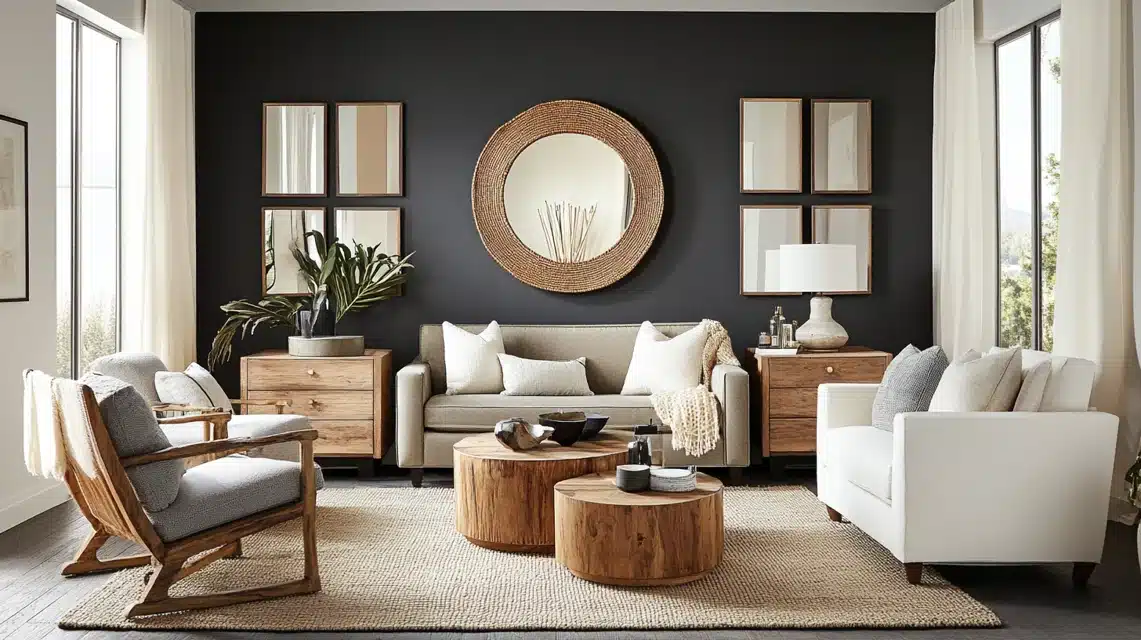
When I create feature walls with Peppercorn, I make sure to think about the whole room’s balance.
In my living room project, I painted one wall Peppercorn and added light gray furniture to keep things balanced.
I’ve learned that this color works best on walls that get good light or have architectural interest.
From my experience, adding mirrors or metallic decor helps reflect light and keeps the space from feeling too dark.
I always suggest to my clients that they use light curtains and rugs when working with a Peppercorn feature wall.
Cabinets
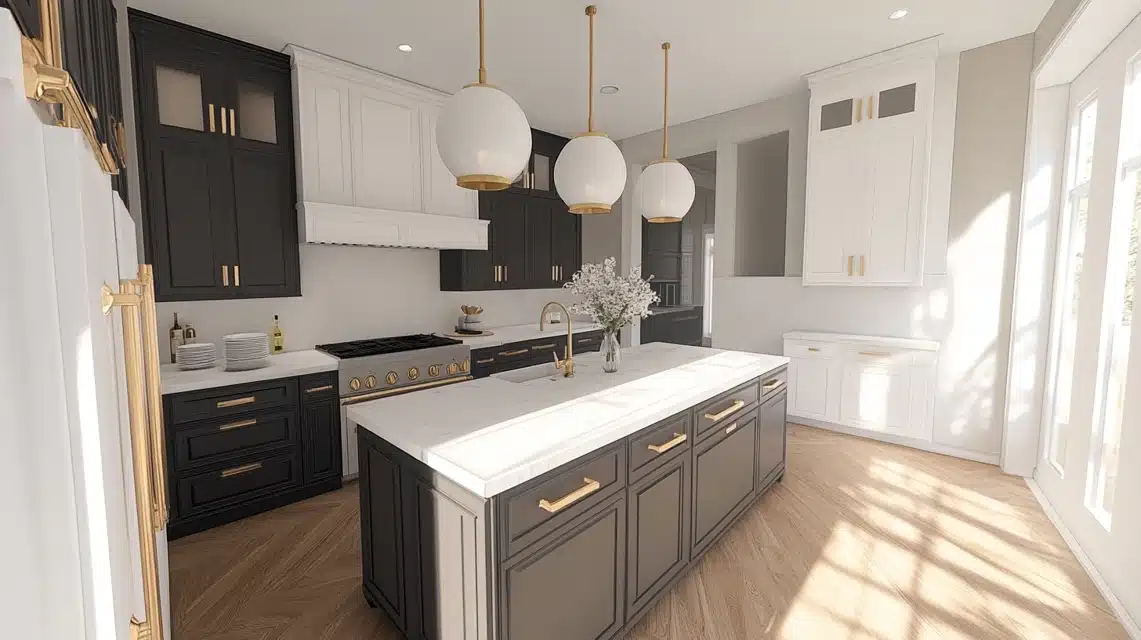
In my kitchen designs, Peppercorn has become a favorite for cabinet makeovers.
I recently transformed a client’s kitchen island with Peppercorn, keeping the perimeter cabinets white – it looked stunning.
When I use it on cabinets, I pair it with light countertops and brass or chrome hardware.
I’ve found that natural wood elements, like open shelving or butcher block counters, work beautifully with Peppercorn cabinets.
The key, I’ve learned, is to keep the surrounding elements light and bright.
Dining Room

I love using Peppercorn in dining rooms – it creates such a special atmosphere.
In my recent projects, I’ve seen how it makes both light oak and dark walnut dining tables look more upscale.
I always recommend adding a statement light fixture when using this color – it helps create beautiful shadows and highlights on the walls.
From my experience, Peppercorn looks most striking in dining rooms with lots of natural light or good overhead lighting, making the space feel cozy without being too dark.
Upgrade Your Home’s Exterior
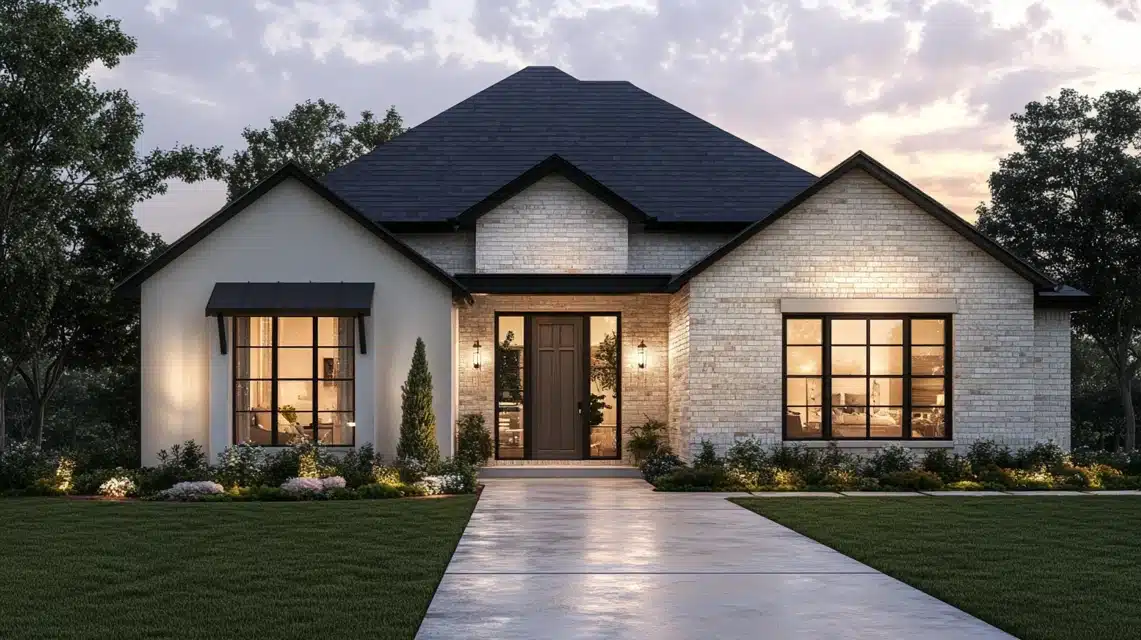
For exterior projects, I’ve used Peppercorn in various ways.
In my own home, I painted the front door Peppercorn, and it made a world of difference.
I’ve noticed it works well with both light and dark brick, and it pairs beautifully with natural stone.
When I help clients choose exterior colors, I make sure to look at their neighbors’ homes and local surroundings.
I always test large samples on different sides of the house to see how sunlight affects the color throughout the day.
Conclusion
Peppercorn is far more than just another gray paint color.
Having worked with it extensively, I’ve shared insights on its lighting requirements and successful color pairings.
Whether you’re considering it for kitchen cabinets, an accent wall, or exterior use, remember to test it in your space and observe how it changes throughout the day.
This versatile yet bold shade might be exactly what you’re looking for.
Questions about using Peppercorn in your home? I’m here to help!
Frequently Asked Questions
Is Sherwin Williams Peppercorn Warm or Cool?
Peppercorn, sits right in the middle – not clearly warm or cool. It can adapt to either depending on your room’s lighting.
What is One Shade Lighter Than SW Peppercorn?
Grizzle Gray (SW 7068) is one shade lighter than Peppercorn on the same color strip while maintaining a similar style.

